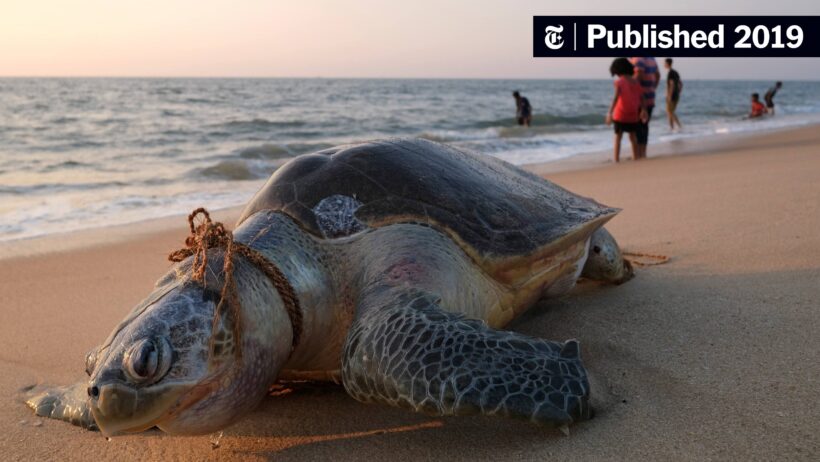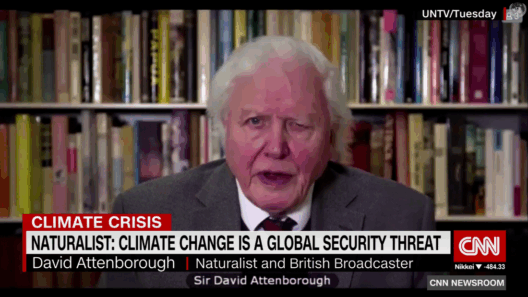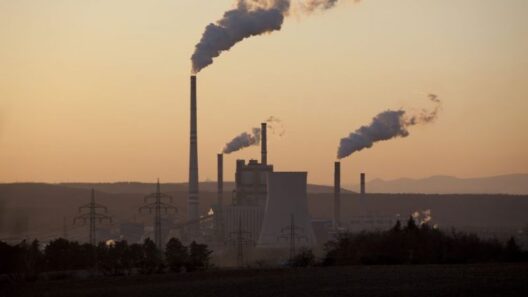The phenomenon of extinction is not a new concept; it has been a recurring theme throughout Earth’s extensive history. Yet, the current era distinguishes itself as one of unprecedented rapidity in species loss, a crisis exacerbated significantly by global warming. This ongoing mass extinction, often referred to as the Sixth Great Extinction, compels a reevaluation of humanity’s role within the natural world. Indeed, the implications of climate change threaten not only individual species but also the intricate tapestry that sustains global biodiversity.
To comprehend how global warming accelerates species loss, it’s crucial to first understand the fundamentals of climate change. Rising temperatures, primarily a byproduct of anthropogenic greenhouse gas emissions, trigger a cascade of environmental shifts. These include altered precipitation patterns, increased frequency and intensity of extreme weather events, and disruptions in habitat suitability. Such fluctuations severely impact ecosystems, forcing species to adapt rapidly, migrate, or face extinction.
The direct correlation between climate change and biodiversity loss manifests vividly in various habitats. For instance, coral reefs, often hailed as the rainforests of the sea, are experiencing mass bleaching events due to elevated sea temperatures. This degradation not only affects the corals themselves but also the myriad species dependent on these ecosystems for survival. The decline of coral reefs illustrates a more extensive trend; when keystone species falter, it triggers a domino effect, placing entire food webs in jeopardy.
Moreover, soaring temperatures compel terrestrial species to shift their ranges in pursuit of more habitable conditions. The mountainous regions host a plethora of endemic species, many of which are adapted to very specific ecological niches. As the climate becomes less hospitable, the plight of these organisms becomes critical; they often have nowhere to go. Such geographic constraints amplify their vulnerability to extinction. The loss of habitat due to urban expansion, agriculture, and deforestation compounds this dilemma, further edging these species toward oblivion.
Climate change does not operate in isolation; it intertwines with other anthropogenic pressures, such as pollution, habitat loss, and invasive species. The synergistic effects of these factors create a harsher landscape for wildlife, leading to compounded stress on populations that may already be precarious. In many cases, species that are already on the brink of extinction find it exponentially harder to recover, as the necessary conditions for survival have become untenable.
Consider the plight of amphibians—a group that serves as a barometer for environmental health. Amphibians are particularly susceptible to climate fluctuations due to their permeable skin and dual life stages. As their habitats become increasingly inhospitable, populations plummet. Reports indicate that nearly one-third of amphibian species are threatened with extinction, a staggering statistic that underscores the urgency of the crisis at hand.
Insect populations, too, are experiencing dramatic declines. These small creatures, often overlooked, play crucial roles in ecosystem functions such as pollination and decomposition. The warming climate exacerbates their vulnerabilities; higher temperatures can disrupt reproductive cycles, leading to decreased populations. The consequences of diminishing insect diversity are profound, threatening not just plant life but the entire web of life that depends on these integral species.
The intricate interplay between climate change and extinction can also be observed in migratory patterns. Many species engage in seasonal migrations that are finely tuned to climatic cues. However, as seasons shift, the synchrony between breeding, feeding, and migratory behaviors is disrupted. For example, if insects emerge too early due to higher temperatures, birds that rely on these insects for food may find their reproductive success jeopardized. Such mismatches not only threaten individual species but also jeopardize entire ecosystems that hinge on these seasonal cycles.
The phenomenon of ocean acidification further complicates the narrative. As atmospheric CO2 levels rise, oceans absorb much of this excess carbon, leading to decreasing pH levels. Ocean acidification poses a significant threat to marine life, particularly calcifying organisms such as mollusks and certain types of plankton. Their survival is critical, as they are foundational to marine food chains. The ripple effects of such declines reverberate throughout the entire oceanic ecosystem.
However, acknowledging the severity of the crisis must come with a commitment to action. Conservation strategies must evolve to address the multifaceted challenges posed by climate change. Proactive measures can help mitigate the impact on vulnerable species and ecosystems. Creating wildlife corridors, restoring habitats, and implementing sustainable land-use practices represent just a few avenues through which conservationists can bolster species resilience. Moreover, empowering local communities to engage in conservation efforts fosters a sense of stewardship toward local biodiversity.
On a global scale, enhancing international collaboration is imperative. Climate change is an inherently global issue, affecting regions across the planet in diverse ways. Collaborative frameworks can facilitate adaptive strategies, promoting best practices for biodiversity conservation amidst a changing climate. Investing in research is equally vital to understand the nuanced interactions between climate dynamics and species survival. Enhanced knowledge equips policymakers with the tools necessary to develop informed, science-based interventions.
The narrative of extinction is one that should instill a sense of urgency. While the statistics are indeed daunting, a shift in perspective can cultivate hope. By recognizing the intricate connections between climate change and species loss, any informed individual can become an advocate for biodiversity. Understanding that humanity holds the key to this crisis enables collective action toward a more sustainable future—a future where both people and the planet can thrive harmoniously.
In conclusion, the current trajectory of global warming presents a formidable threat to species on the brink of extinction. Yet, with informed action, creativity, and cooperation, it is possible to turn the tide. As the sixth mass extinction unfolds, it is not too late to forge a path of resilience amidst the challenges of climate change.







